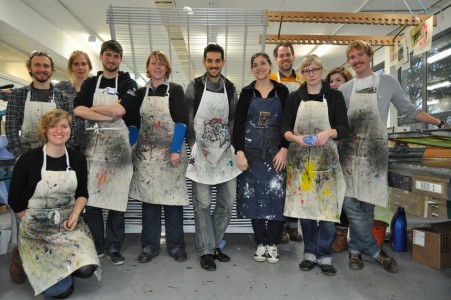
sotonDH small grants: ‘A Connected Island?’: measuring academic influence
This second blog post about the Connect Island project, funded by a sotonDH small award, discusses the relative influence of Central European Palaeolithic researchers using the H-index measure.
Figure 1: H-index scores of Central European Palaeolithic researchers (left) versus Iron Age (right) researchers.
Continue reading →


